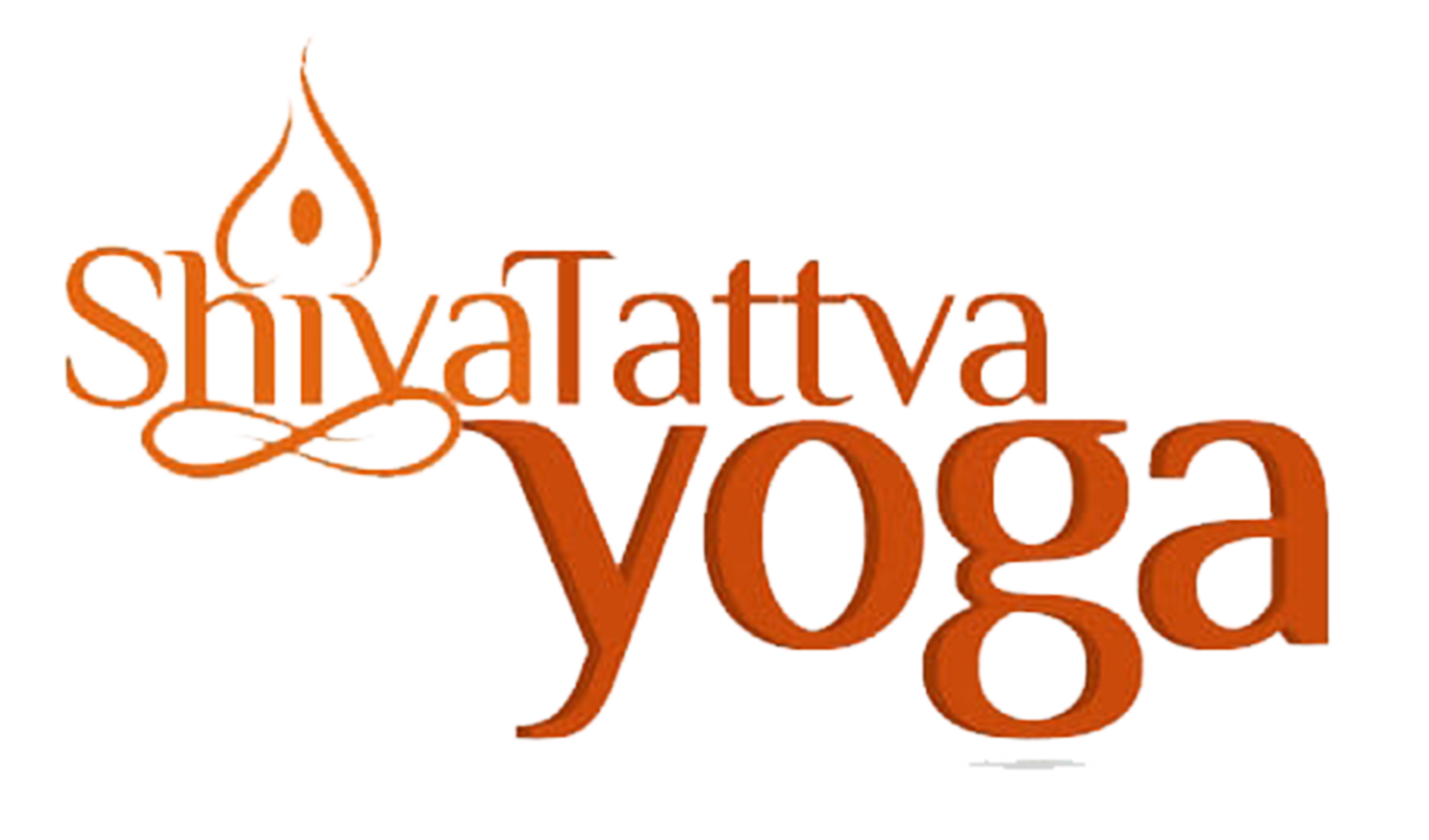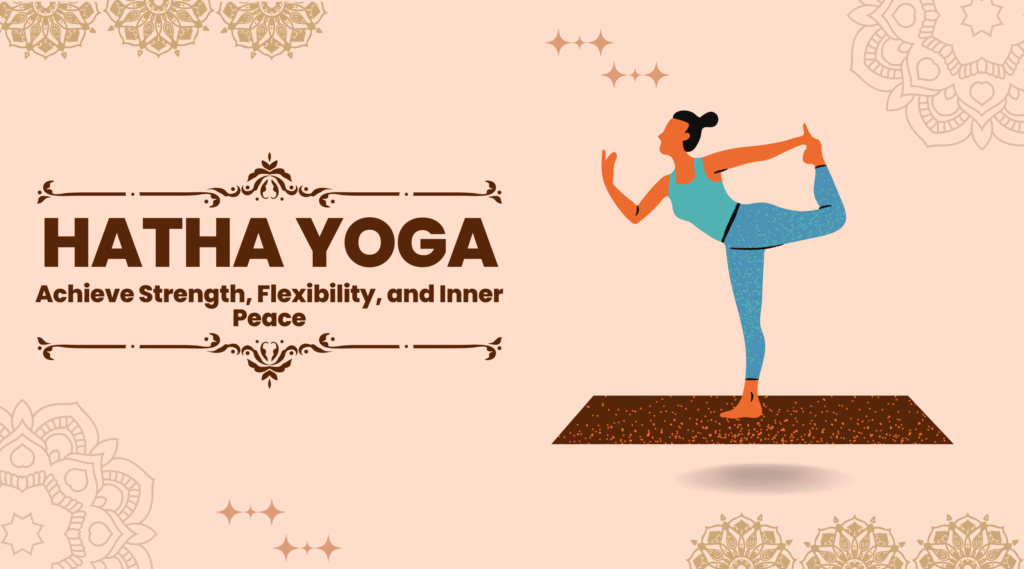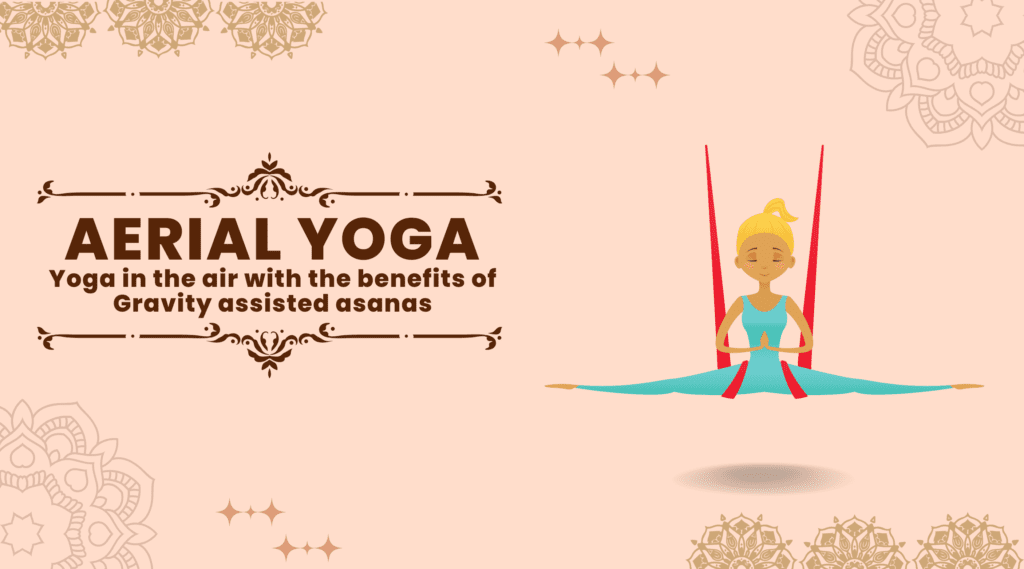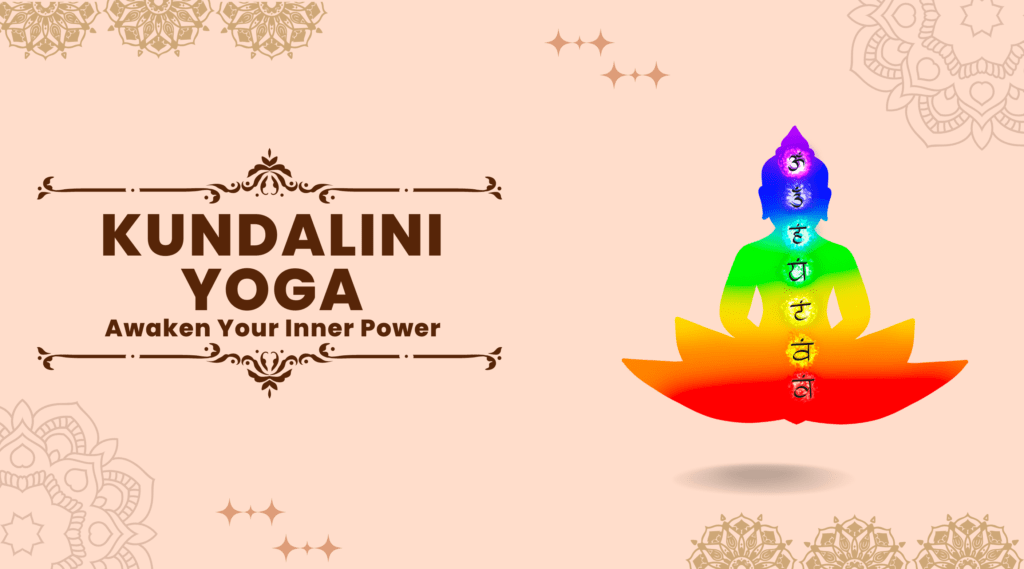Left Nostril Breathing: Mastering The Breathing Technique for Mind-Body Harmony
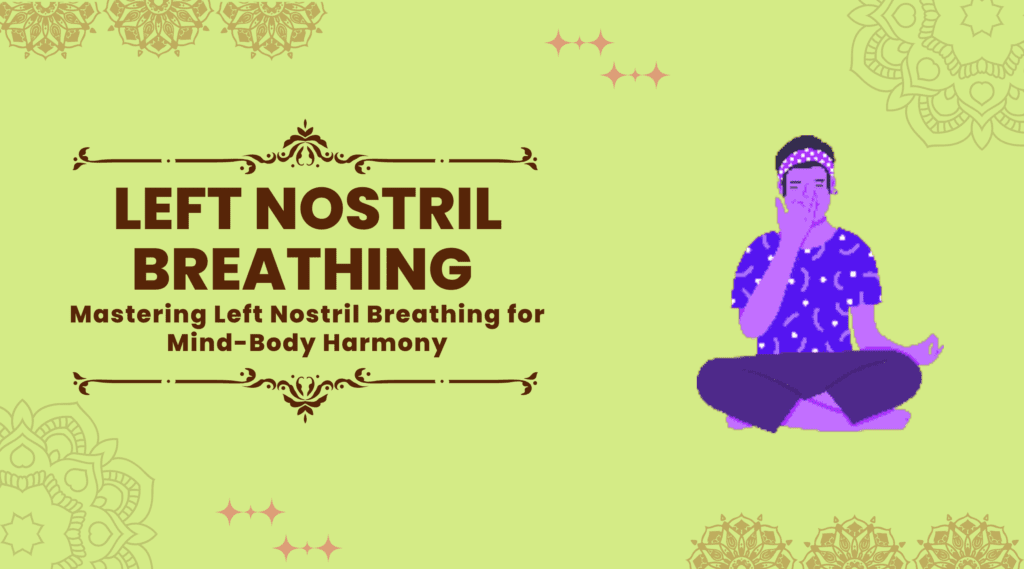
Introduction
Left Nostril Breathing, also known as Chandra bhedana Pranayama or Moon-Piercing Breathing. It is a yogic breathing technique that calms down the mind, reduces stress as well as balances the nervous system. It is one of the most effective ways to activate the parasympathetic nervous system, which promotes relaxation and rest.
The practice of Chandra Bhedana Pranayama involves inhaling through the left nostril and exhaling through the right nostril. While we need to keep the right nostril closed with the thumb throughout the process. This technique activates the Ida Nadi, the energy channel that is associated with the cooling and calming energy of the moon.
Practising the Chandra Bhedana Pranayama can help reduce excess heat and acidity in the body, improve digestion, as well as promote better sleep.
History of Left Nostril Breathing
Chandra Bhedana Pranayama has been in practice in India for thousands of years. The earliest references to this technique is present in the ancient yogic texts, such as the Hatha Yoga Pradipika and the Gheranda Samhita.
In addition to its use in yogic practice, This breathing is also a common technique in Ayurvedic medicine, the traditional Indian system of medicine. According to Ayurvedic principles, the body consists of three doshas or energies – Vata, Pitta, and Kapha. The imbalances in these three energies can lead to disease and illness. This breathing technique has a cooling, calming effect on the body. Hence, it can help balance the Pitta dosha and reduce excess heat in the body.
In recent years, the practice of Left Nostril Breathing has gained popularity in the Western world also. And because of that popularity, more and more people are turning to yoga and other holistic practices to improve their health and wellbeing. Research has also begun to investigate the potential benefits of this technique. Studies suggest that it may be effective in reducing stress and anxiety, improving sleep quality thus promoting overall health and wellbeing.
Suggested: Best Yoga Retreats And Yoga Teacher Training In Rishikesh
Benefits of Left Nostril Breathing
Here are some of the potential benefits of practising this breathing technique:
1. Reduces stress and anxiety:
Left Nostril Breathing is believed to activate the parasympathetic nervous system, which is responsible for the body’s rest and relaxation response. This can help reduce stress and anxiety, promote feelings of calm and relaxation, and improve overall mental health.
2. Improves sleep quality:
Left Nostril Breathing is also believed to have a calming effect on the body and mind, which can promote better sleep quality. This technique is often recommended for people who have trouble falling asleep or staying asleep.
3. Balances the Pitta dosha:
According to Ayurvedic principles, Left Nostril Breathing has a cooling, calming effect on the body, which can help balance the Pitta dosha and reduce excess heat in the body. This can improve digestion, reduce inflammation, and promote overall health and wellbeing.
4. Boosts immunity:
Left Nostril Breathing is believed to stimulate the production of white blood cells, which are essential for a healthy immune system. By boosting immunity, this technique can help the body fight off infections and other illnesses.
5. Enhances mental clarity and focus:
Left Nostril Breathing is believed to activate the Ida Nadi, the energy channel that is associated with the cool, calming energy of the moon. This can help improve mental clarity, focus, and concentration, making it a useful practice for students, professionals, and anyone who needs to stay alert and focused.
6. Regulates body temperature:
Left Nostril Breathing is believed to have a cooling effect on the body, which can help regulate body temperature and prevent overheating. This can be especially beneficial during hot weather or intense physical activity.
7. Balances the Nervous System:
Chandra Bhedi Pranayama is said to balance the sympathetic and parasympathetic nervous systems, which can help promote overall health and wellbeing.
8. Improves Respiratory Health:
This pranayama is said to improve respiratory health by promoting deep, rhythmic breathing and helping to clear out the nasal passages.
Steps to Practise Left Nostril Breathing / Chandra Bhedi Pranayama
Here’s a step-by-step guide to practicing left nostril breathing:
1. Find a comfortable seated position:
Sit in a comfortable and upright position on the floor or on a chair. Make sure your spine is straight, and your shoulders are relaxed.
2. Relax your body:
Take a few deep breaths to relax your body and release any tension or stress.
3. Use your right hand:
Bring your right hand up and fold your index and middle fingers toward your palm. Your thumb, ring finger, and pinky finger should remain extended.
4. Close your right nostril:
Use your right thumb to gently close your right nostril by pressing it against the side of your nose.
5. Inhale through your left nostril:
Start by closing your eyes or gazing softly ahead. Slowly and deeply inhale through your left nostril. feel the sensation of the breath while entering the body.
6. Close your left nostril:
Release your right thumb from your right nostril and gently press your right ring finger against your left nostril to close it.
7. Exhale through your right nostril: Slowly exhale through your right nostril, focusing on the sensation of the breath leaving your body. Make the exhalation longer than the inhalation if possible.
8. Inhale through your right nostril: Keeping your left nostril closed, inhale deeply through your right nostril. Feel the breath entering your body, and focus on the sensation.
9. Close your right nostril: Release your left ring finger from your left nostril and at the same time, gently press your right thumb against your right nostril to close it.
10. Exhale through your left nostril: Slowly exhale through your left nostril, focusing on the breath leaving your body. Again, try to make the exhalation longer than the inhalation.
11. Repeat the cycle: Continue the cycle by inhaling through the left nostril, exhaling through the right nostril, inhaling through the right nostril, and exhaling through the left nostril. Aim for at least 5-10 rounds.
12. End the practice: After completing your desired number of rounds, release your hand and return to normal breathing. Take a moment to observe the effects of the practice on your mind and body.
One can do left nostril breathing at any time of the day to promote relaxation, balance, and mental clarity. It is particularly beneficial during times of stress, anxiety, or when you need to enhance focus and concentration.
Cautions while practising Left Nostril Breathing
While this breathing technique is generally safe for most people, there are a few cautions to keep in mind:
- Nasal congestion or blockage: If you have a severe nasal congestion or blockage in your left nostril, it may be challenging to practise left nostril breathing. In such cases, it’s better to wait until your nasal passages are clear before attempting the practice.
- Discomfort or strain: If you experience any discomfort, strain, or pain while practising left nostril breathing, it’s essential to listen to your body and stop the practice. Breathing should always be comfortable and natural.
- Dizziness or lightheadedness: In some cases, individuals may feel dizzy or lightheaded while practising the chandra bhedana pranayama. If this occurs, discontinue the practice and return to normal breathing. If dizziness persists, it’s advisable to consult a healthcare professional.
- Pregnancy: Pregnant women should exercise caution when practising left nostril breathing, especially during the later stages of pregnancy. It’s advisable to consult with a healthcare provider before incorporating any new breathing practices.
- Personal limitations: Everyone’s body is unique, and certain individuals may have specific limitations or medical conditions that make left nostril breathing unsuitable for them. If you have any such health conditions, it’s advisable to consult with a healthcare professional or a certified yoga teacher before starting the practice.
Always remember to start slowly and gradually increase the duration of your left nostril breathing practice. If you have any doubts or concerns, it’s always a good idea to seek guidance from a qualified yoga teacher or healthcare professional who can provide personalised advice based on your specific needs and health status.
Conclusion
Left Nostril Breathing (Chandra Bhedana Pranayama) is a simple yet powerful breathing technique that can have a range of physical, mental, as well as emotional benefits. By practising this technique regularly, you may be able to reduce stress, improve digestion, and promote overall health and wellbeing.
However, it’s important to approach left nostril breathing with caution and be aware of any personal limitations or health concerns. This Chandra Bhedana Pranayama can be a valuable tool for stress relief, promoting focus, and finding inner calm.
Remember to start slowly, listen to your body, and adjust the practice according to your comfort level while practising. With regular practice and consistency, you can harness the power of left nostril breathing to enhance your overall well-being.
You Can Also Read
